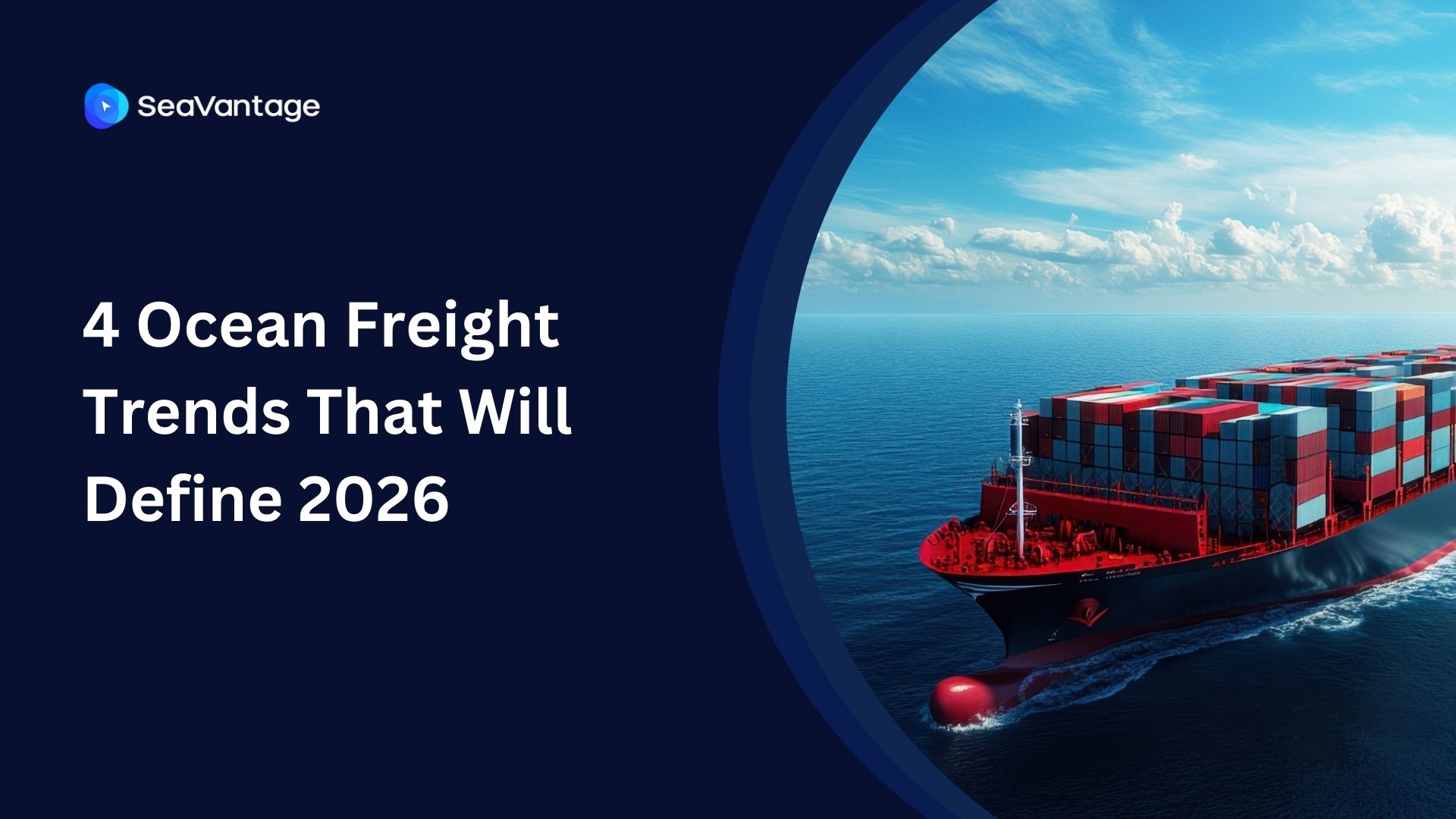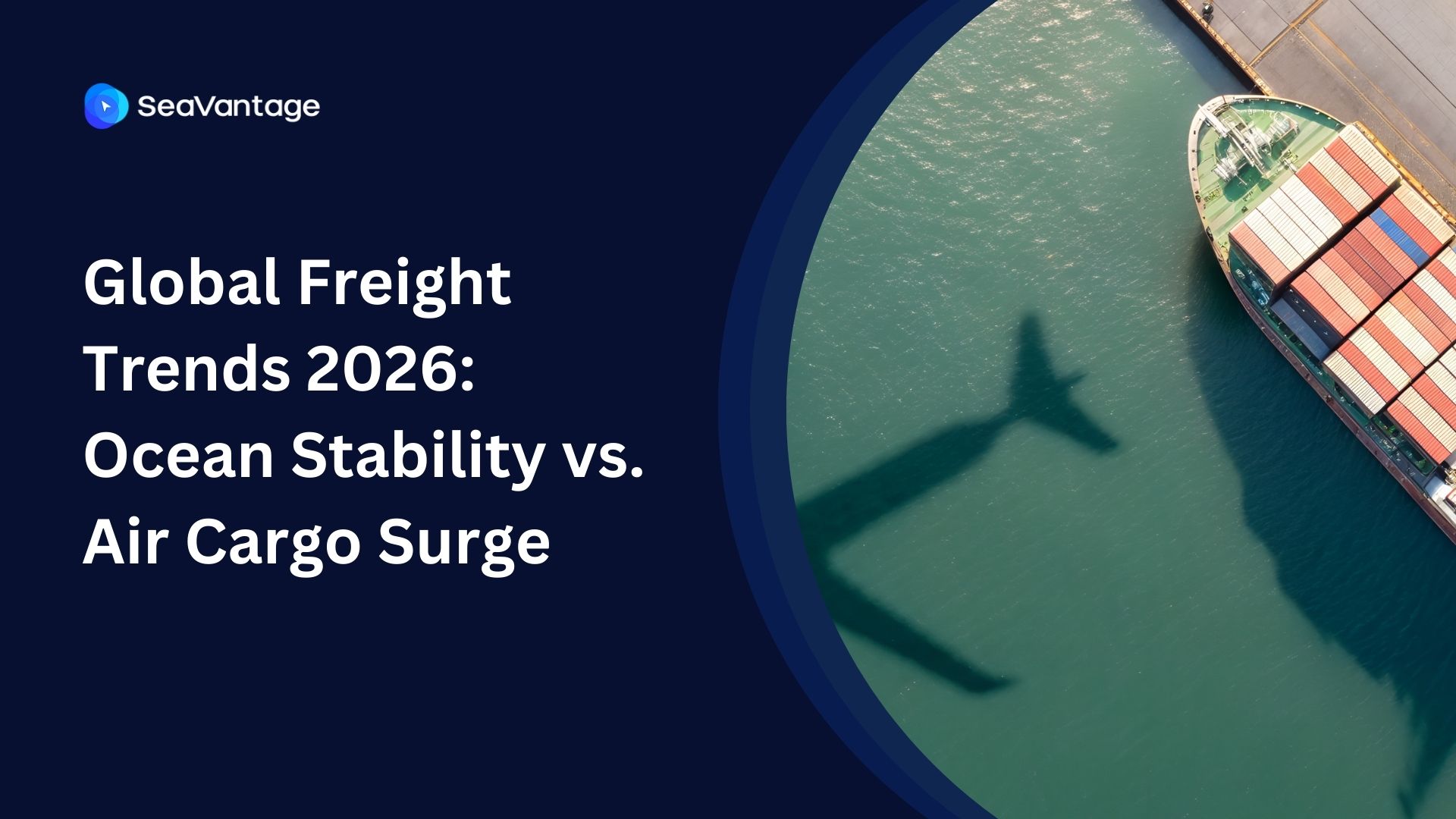Unpacking Port Congestion: How Delays Disrupt Global Supply Chains 2025
.jpg)
Understanding the Impact of Port Congestion
Port congestion isn’t just a shipping industry dilemma—it’s a significant supply chain disruptor. When vessels get stuck at ports, the effects ripple across industries, causing shipment delays, higher costs, and supply shortages. From manufacturers waiting on raw materials to retailers struggling with empty shelves, congestion can throw entire logistics networks into chaos.
Recent years have shown just how vulnerable supply chains are. The pandemic, trade tensions, geopolitical tension, and labor disputes have all contributed to clogging ports worldwide. With ports as the lifeline of global trade, congestion at these critical hubs slows everything down, making real-time tracking and smart logistics planning more important than ever.
When Do Ports Get the Most Congested?
Some periods see worse port congestion than others. The worst bottlenecks usually happen during the following:
- Holiday Shopping Season: Retailers rush to stock up ahead of Christmas, Black Friday, and Chinese New Year, leading to significant shipment surges.
- Chinese New Year Factory Closures: When Chinese factories shut down in late January or early February, there’s a rush of shipments both before and after the holiday.
- Economic Recovery Surges: After slowdowns like recessions or the pandemic, ports often struggle to handle the sudden influx of shipments.
- Labor Strikes & Disruptions: Dockworker strikes, like those on the U.S. West Coast, can grind operations to a halt, worsening congestion.
The Domino Effect of Delayed Shipments
A single delayed container ship can cause significant disruptions in global supply chains. Here’s how congestion creates a chain reaction:
- Manufacturing Slowdowns: Factories waiting on raw materials face production delays, leading to backorders and supply shortages.
- Higher Shipping Costs: Extended shipping times, fuel use, and rerouting all drive up costs for logistics providers and shippers.
- Empty Shelves & Lost Sales: Retailers struggle to keep products in stock, especially those using just-in-time inventory models.
- Trucking & Rail Disruptions: Trucks and trains depend on smooth port operations to efficiently pick up and move cargo. Congestion throws off schedules and causes delays inland.
- Warehouse Overflows: When shipments finally arrive in bulk after long delays, warehouses get overwhelmed, slowing down distribution further.
What’s Really Causing Port Congestion?
Several factors contribute to ports being congested, including:
- Increasing Import Volumes: More trade means more ships arriving at ports, often exceeding what terminals can handle.
- Limited Port Capacity: Many ports operate near their limits, so even a small spike in traffic can cause congestion.
- Labor Shortages: Fewer dockworkers, truck drivers, and warehouse staff mean cargo takes longer to unload and move.
- Slow Customs Processing: Complex clearance procedures, extra inspections, and changing regulations can create bottlenecks.
- Outdated Port Infrastructure: Many ports lack modern cranes, automation, or digital tracking systems, slowing down cargo handling.
- Weather Disruptions: Storms, hurricanes, and extreme weather events can temporarily shut down ports, creating massive backlogs.
How Businesses Can Work Around Port Congestion
Companies that stay ahead of port congestion risks can avoid major supply chain headaches. Here’s how:
- Use Real-Time Port Data: Tracking vessel movements and congestion levels helps businesses adjust their shipping plans proactively.
- Predict Delays Before They Happen: AI-driven analytics provide early warnings about congestion so businesses can prepare accordingly.
- Reroute Shipments Smartly: Knowing which ports are experiencing the worst delays allows logistics teams to redirect cargo efficiently.
- Adapt Inventory Strategies: Businesses can plan stock levels better based on expected delays, reducing the risk of shortages or overstocking.
How SeaVantage Helps Businesses Stay Ahead of Congestion
SeaVantage’s Port Insight solution gives companies real-time visibility into port congestion and vessel movements, helping them make smarter logistics decisions. Key features include:
- Live Port Traffic Monitoring: Track inbound and outbound vessels at major global ports.
- Congestion Trend Analysis: Get insights into wait times and predict delays using historical data.
- Accurate ETA Forecasts: Plan better with AI-powered estimated time of arrival predictions.

Port congestion remains a persistent challenge, but businesses can stay ahead with the right tools. With real-time insights and predictive analytics, companies can more effectively navigate disruptions and keep their supply chains moving.
Struggling with port congestion? Want to avoid shipping delays? Learn how SeaVantage’s Port Insight solution can help you navigate delays and keep your supply chain moving smoothly.
2025년 9월, 주요 글로벌 항만에서 어떤 운송사가 가장 긴 선박 체류 시간을 기록했는지 확인해보세요. 트렌드를 비교하고, 지연을 파악하며, 전체 항만 데이터를 통해 운송 전략을 최적화할 수 있습니다.
2025년 8월, 주요 글로벌 항만에서 어떤 운송사가 가장 긴 선박 체류 시간을 기록했는지 확인해보세요. 트렌드를 비교하고, 지연을 파악하며, 전체 항만 데이터를 통해 운송 전략을 최적화할 수 있습니다.
2025년 7월, 주요 글로벌 항만에서 어떤 운송사가 가장 긴 선박 체류 시간을 기록했는지 확인해보세요. 트렌드를 비교하고, 지연을 파악하며, 전체 항만 데이터를 통해 운송 전략을 최적화할 수 있습니다.
iscover the 4 critical ocean freight trends for 2026, from the Red Sea reopening and fleet overcapacity to shifting global trade maps. Prepare your supply chain now.
Discover key 2026 freight market trends: Port of Houston expansion, air cargo "super peak," and ocean freight stability. Plan your supply chain with SeaVantage.
Explore November 2025 global port dwell time data. See which ports and carriers led in efficiency across Antwerp, Busan, Long Beach, Rotterdam, and Singapore.



.svg)





.jpg)

.png)